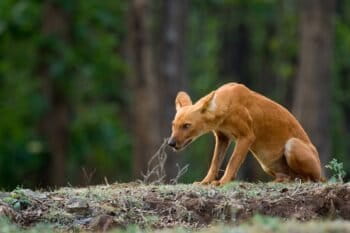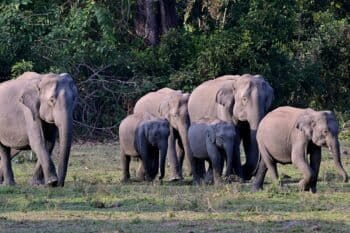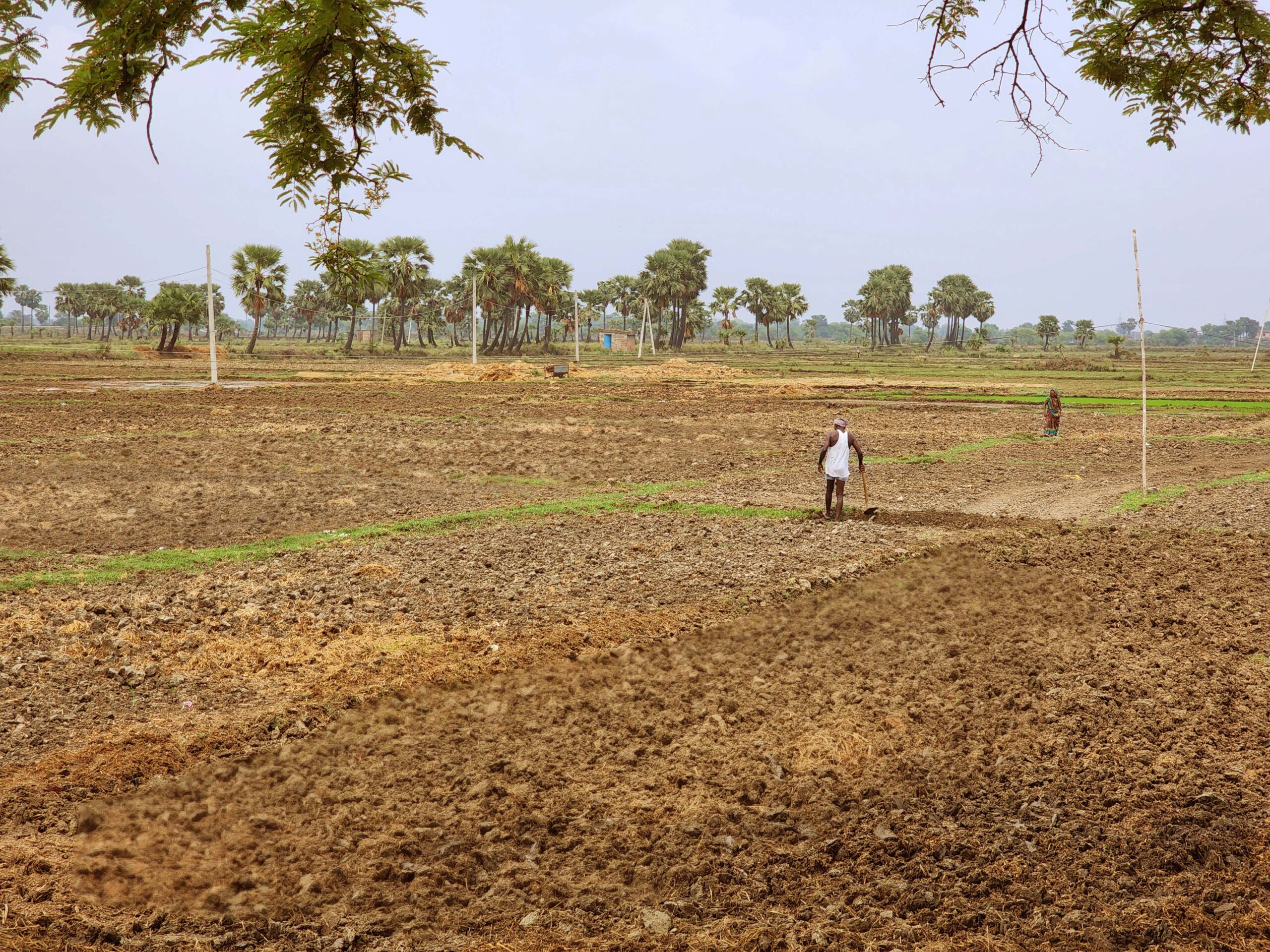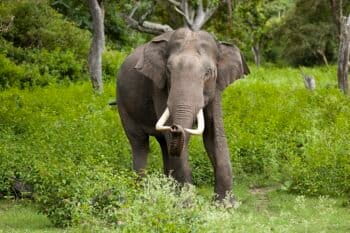In a recently released elephant population estimation, scientists have used DNA-based genetic mark-recapture techniques to peg India’s elephant population at 22,446. This is the same method used for estimating the country’s tiger population.
Scientists emphasise that the new figures are not comparable with past estimates given the methodological shift. “The concern around an apparent 18% decline from the 2017 count of 27,312 elephants is not valid, as the earlier estimates were counts based on physical identifiers and an entirely different approach,” says Qamar Qureishi, who led the study with a team of scientists at the Wildlife Institute of India (WII). The new estimate of 22,446, with the true number estimated to be between 18,255 and 26,645, serves as a fresh national baseline for future monitoring and research.
The Synchronous All India Elephant Estimation (SAIEE 2021–25) adopted the tiger estimation framework, dividing India into 100 km² cells (further into 25 km² and 4 km² units) for systematic sampling. The study’s first phase involved ground surveys across forested habitats to record elephant signs, vegetation status, and human disturbance using the M-STrIPES mobile app. Elephant occupancy and abundance were modelled using ecological and anthropogenic covariates such as forest cover, distance to water, human footprint, and nightlight intensity. The Spatially Explicit Capture–Recapture (SECR) model was used to estimate population density and extrapolate to unsampled areas, while genetic mark–recapture was conducted using dung samples.
How reliable are the results this time? “As reliable as any scientific method,” says Qureishi. “This method depicts errors as well as detection probability.” Detection probability is crucial for accurate population estimates as it accounts for the fact that not all individuals are seen. Vishnupriya Kolipakam, who was part of the study, adds that counts based on physical markers come with variables as these markers could change or disappear over time. “Not all individuals can be identified with markers. Population count is also time-consuming,” she says.
Kolipakam and Qureishi were also part of the WII team that studied human-animal conflict and suggested population control of four animal species, including the Asian elephant, that were most in conflict with humans. Speaking about the findings, Kolipakam says population control in elephants was suggested for high-conflict areas. “It was suggested as a way of solving a problem locally by controlling population growth of certain animals in conflict in specific areas. It is still under research and has not been implemented,” she adds.
As per the new report, Karnataka holds the largest share of elephants with 6,013 individuals. The Western Ghats region has 11,934, while Assam leads in the Northeast and Brahmaputra floodplains (6,559) with 4,159 individuals.
The report indicates that while elephant populations in the country remain stable overall, their distribution is a fraction of their historical range, now restricted to fragmented forest tracts. There is an urgent need to strengthen wildlife corridors, mitigate linear infrastructure and power lines, enhance law enforcement, and ensure community participation in elephant conservation.
Banner image: The Synchronous All India Elephant Estimation pegs India’s elephant population at 22,446. Image by Drashokk via Wikimedia Commons (CC BY-SA 4.0).





